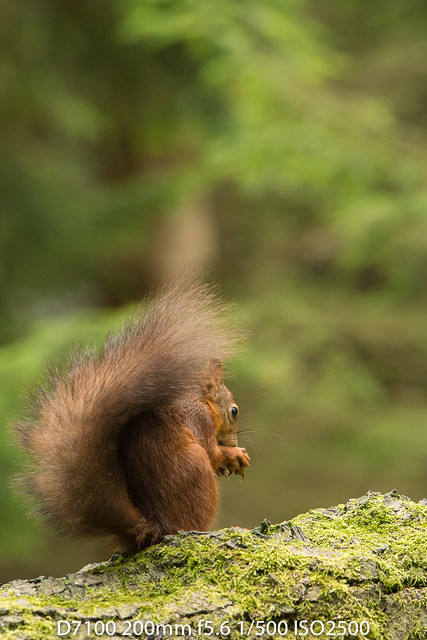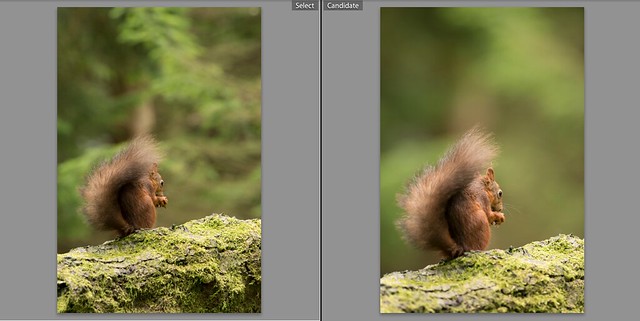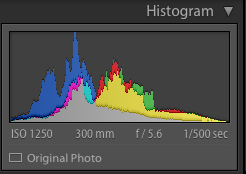- Messages
- 6,951
- Name
- Rob
- Edit My Images
- Yes
Last year I tried to capture two identical images using a crop sensor and a full frame using the 'equivalent field of views' of the two (ie the same framing). For a while I've been think of writing it up into a blog post about crop and full frame sensors for wildlife photography. I tried to use the same settings on both the crop and full frame cameras, the only difference would have been the focal lengths for the same framing (ie crop at 200mm, FF at 300mm). What I've noticed is the full frame camera is one stop lower ISO (I was using auto ISO on both). As the crop camera had a 70-200 f2.8 attached and the full frame camera a 300 f2.8 would the size of the aperture opening on the lens account for the one stop difference in ISO or is caused by the difference in sensor?
I think I need to repeat the test using the same lens on both camera to ensure all is equal. The images where taken quite close together, really only seconds apart in woods on a cloudy day so I think I can rule out light level changes.
The images are below with their settings in the water mark.
 D71_8462 by Rob Cain, on Flickr
D71_8462 by Rob Cain, on Flickr
 DSC_9172 by Rob Cain, on Flickr
DSC_9172 by Rob Cain, on Flickr
I think I need to repeat the test using the same lens on both camera to ensure all is equal. The images where taken quite close together, really only seconds apart in woods on a cloudy day so I think I can rule out light level changes.
The images are below with their settings in the water mark.
 D71_8462 by Rob Cain, on Flickr
D71_8462 by Rob Cain, on Flickr DSC_9172 by Rob Cain, on Flickr
DSC_9172 by Rob Cain, on Flickr
Last edited:



 RAW Images Unedited
RAW Images Unedited D800 Histogram
D800 Histogram D7100 Histogram
D7100 Histogram